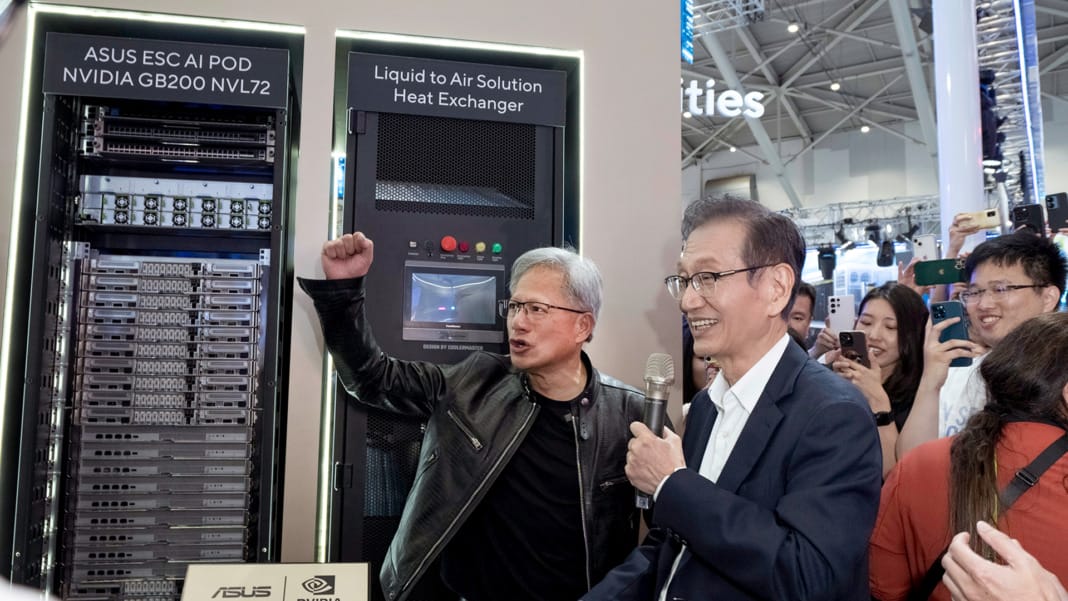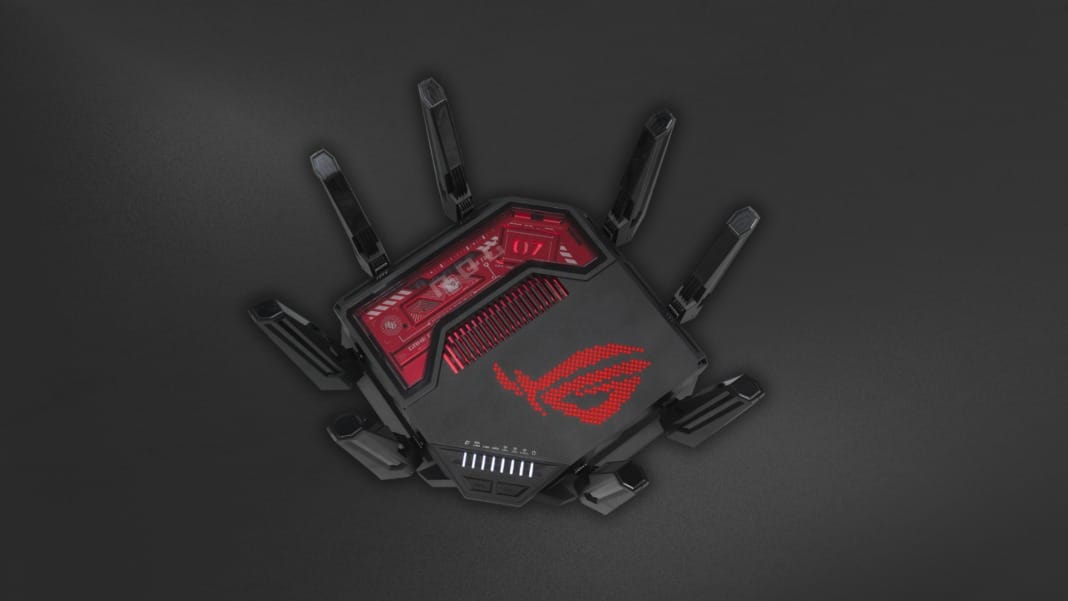Nvidia is introducing a new SFF-Ready programme tailored for GeForce graphics cards and case enthusiasts. As the name suggests, this programme offers guidelines for gamers keen on building small-form-factor (SFF) PCs using the GeForce RTX 40-series graphics cards. Nvidia is collaborating with various partners, including ASUS, Gigabyte, and MSI, as well as case manufacturers and PSU brands, to ensure that their products meet the standards set by these guidelines.
Addressing the rise of SFF PCs
Small-form-factor PCs have seen a significant rise in popularity, driving demand for powerful and efficient components that fit into compact builds. Nvidia has recognised this trend and aims to bring some order to the diverse range of components in this market segment, which can often be chaotic and challenging to navigate. Without the SFF-Ready guidelines, building SFF PCs can be a daunting task, with the risk of incompatible components and suboptimal performance. This is where Nvidia’s programme steps in, providing a clear roadmap for enthusiasts.
Nvidia’s latest initiative, the SFF-Ready guidelines, seeks to tackle the unique challenges these smaller systems pose. By offering a standardised set of recommendations, Nvidia hopes to streamline the development process for manufacturers. For instance, this could mean that in the future, you might see more compact yet powerful SFF PCs hitting the market. This, in turn, will ensure better compatibility and performance across all SFF builds.
Comprehensive guidelines for enthusiasts
The requirements for the SFF-Ready standard are quite thorough. To meet the criteria, the minimum GPU must be from the GeForce RTX 4070 family, which includes the RTX 4070 Ti and the RTX 4070 Super. The guidelines also specify that the graphics card should not occupy more than 2.5 slots and should not exceed 50 mm in thickness, 304 mm in length, and 151 mm in width. Additionally, it must include a 12VHWPR-compatible power cable, which is a type of power cable that ensures efficient power delivery to the graphics card, enhancing its performance.
Nvidia’s decision not to start the minimum GPU requirement with the GeForce RTX 4060 is deliberate. The company is clearly targeting enthusiasts with this program. The RTX 4060 is considered a mainstream or budget GPU, while the RTX 4070 and above are more popular among PC DIY builders because they offer higher performance and can comfortably run games at 1440p and even 4K with some titles.
Future innovation in the SFF market
Components that meet Nvidia’s guidelines are already available, and it’s exciting to anticipate how manufacturers might innovate their future products in response to this program. By setting these standards, Nvidia is not only improving the quality and performance of SFF PCs but also making it easier for gamers to build their dream systems without worrying about compatibility issues, thereby sparking excitement about the future of SFF PC building.
With the SFF-Ready guidelines, Nvidia is taking a significant step towards standardising the small-form-factor PC market, making it more accessible and appealing to all gaming enthusiasts, thereby emphasising the inclusivity of the SFF-Ready programme and making the audience feel valued as part of the small-form-factor PC building community.





